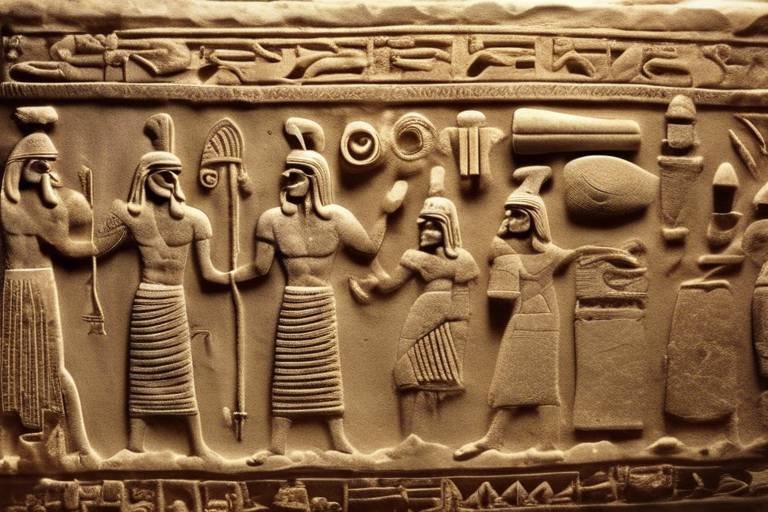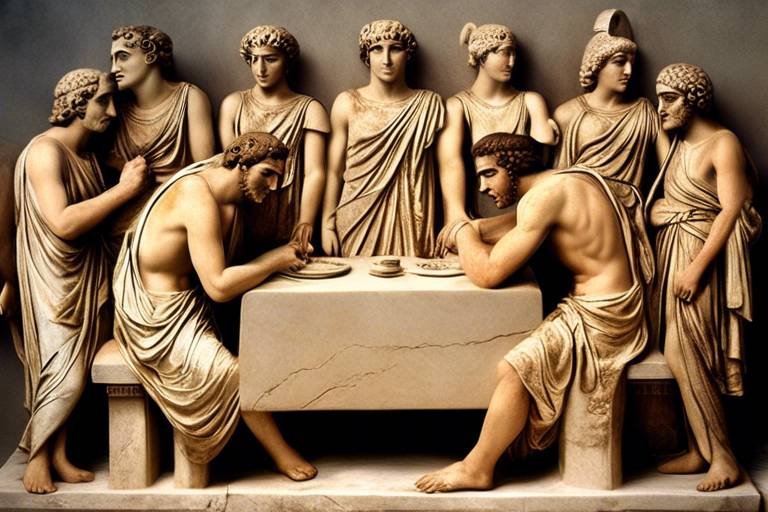The Cultural Richness of the Carthaginian Empire
The Carthaginian Empire was a melting pot of diverse cultural influences that contributed to its rich and vibrant society. From art and religion to trade and governance, Carthage was a hub of creativity and innovation that left a lasting impact on history.
Artistic expressions in Carthage were a reflection of the empire's multicultural heritage. Drawing inspiration from Phoenician, Greek, and local traditions, Carthaginian art encompassed a wide range of mediums, including pottery, sculpture, jewelry, and intricate mosaics. These artistic creations not only showcased the skill and creativity of Carthaginian artisans but also served as a testament to the empire's cultural diversity.
Religious beliefs held a significant place in Carthaginian society, with a pantheon of deities worshipped by the populace. Figures like Baal Hammon and Tanit were revered through ritual sacrifices, temple ceremonies, and elaborate religious festivals. The spiritual practices of the Carthaginians were deeply intertwined with their daily lives and societal norms.
Language and literature played a crucial role in preserving and transmitting Carthaginian culture. The primary language spoken in Carthage was Punic, a Semitic language with influences from Phoenician and other Mediterranean tongues. Carthaginian literature included epic poems, historical records, and religious texts that provided insights into the empire's values, traditions, and beliefs.
Trade and commerce were fundamental to Carthage's prosperity, thanks to its strategic location and extensive trade networks. The empire engaged in the exchange of goods such as textiles, metals, pottery, and exotic commodities from distant lands. This thriving trade economy not only fueled Carthage's wealth but also facilitated cultural exchanges with other civilizations.
Architectural marvels dotted the landscape of Carthage, with grand structures like temples, palaces, and public buildings showcasing the empire's architectural prowess. Adorned with intricate carvings and decorative elements, Carthaginian architecture reflected a blend of local craftsmanship and innovative construction techniques. These architectural achievements stood as testaments to Carthage's ingenuity and aesthetic sensibilities.
Social hierarchy and governance were integral components of Carthaginian society, with a well-defined structure that governed political and economic affairs. The ruling elite oversaw the administration of the empire, blending elements of monarchy, oligarchy, and democracy to manage its vast territories. This complex system of governance ensured stability and order within Carthaginian society.
Culinary traditions in Carthage were a fusion of flavors from the Mediterranean and North Africa, incorporating a diverse range of ingredients. Grains, olives, fish, and aromatic spices featured prominently in Carthaginian cuisine, which played a central role in social gatherings and religious ceremonies. Food not only nourished the body but also served as a means of cultural expression and communal bonding.
Despite the eventual decline of the Carthaginian Empire, its cultural legacy endured through the ages, influencing later civilizations in various aspects. The remnants of Carthaginian culture continue to captivate historians and archaeologists, offering insights into a civilization that thrived on diversity, creativity, and resilience.
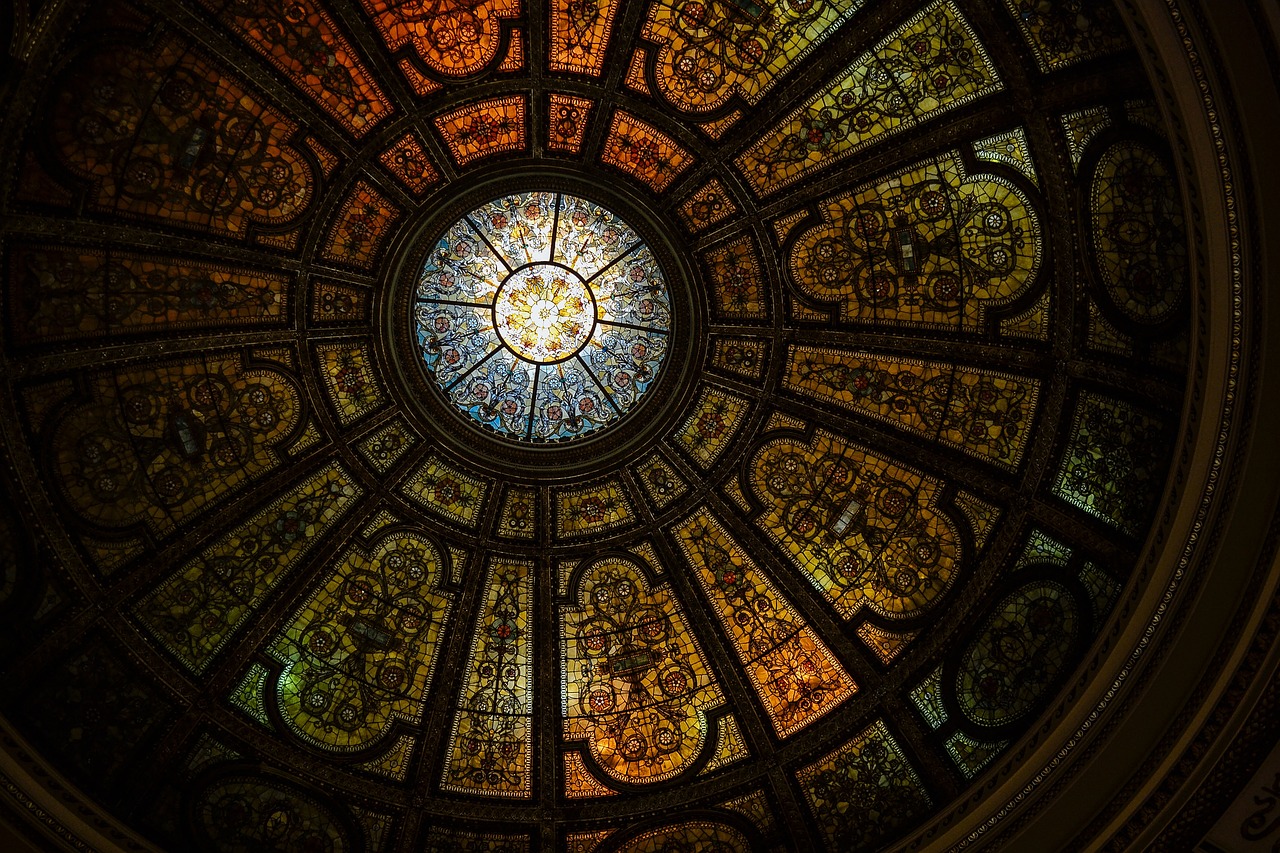
Artistic Expressions
The Carthaginian Empire was known for its diverse cultural influences that shaped its society. This article explores various aspects of Carthaginian culture, including art, religion, language, trade, architecture, and societal structure.
Carthaginian art was a blend of influences from Phoenicia, Greece, and indigenous traditions. It encompassed pottery, sculpture, jewelry, and intricate mosaics, reflecting the empire's vibrant artistic heritage. The artisans of Carthage skillfully combined various artistic styles to create unique masterpieces that showcased their creativity and craftsmanship.
The use of vibrant colors, intricate patterns, and symbolic motifs in Carthaginian art symbolized the empire's rich cultural tapestry and cosmopolitan influences. Artists drew inspiration from nature, mythology, and religious beliefs to create visually stunning works that captivated the viewer's imagination.
Carthaginian artistry extended beyond mere aesthetics, serving as a medium for storytelling, religious expression, and social commentary. Each artistic creation carried layers of meaning and significance, offering insights into the beliefs, values, and aspirations of Carthaginian society.
The art of Carthage not only adorned public spaces and private residences but also served as a form of cultural diplomacy, showcasing the empire's sophistication and artistic prowess to visitors and trading partners from distant lands.
Through their artistic expressions, the Carthaginians left a lasting legacy that continues to inspire admiration and intrigue among historians, archaeologists, and art enthusiasts worldwide.
Q: What materials were commonly used in Carthaginian art?
A: Carthaginian artists often utilized materials such as clay for pottery, marble for sculpture, precious metals for jewelry, and colorful stones for mosaics.
Q: How did religious beliefs influence Carthaginian artistic expressions?
A: Religious motifs and symbols were prevalent in Carthaginian art, reflecting the spiritual beliefs and practices of the society. Deities, rituals, and mythological narratives often served as inspirations for artistic creations.
Q: What role did art play in everyday life in Carthage?
A: Art was integrated into various aspects of Carthaginian life, from decorative objects in homes to religious artifacts in temples. It served as a means of cultural expression, social communication, and aesthetic enjoyment.
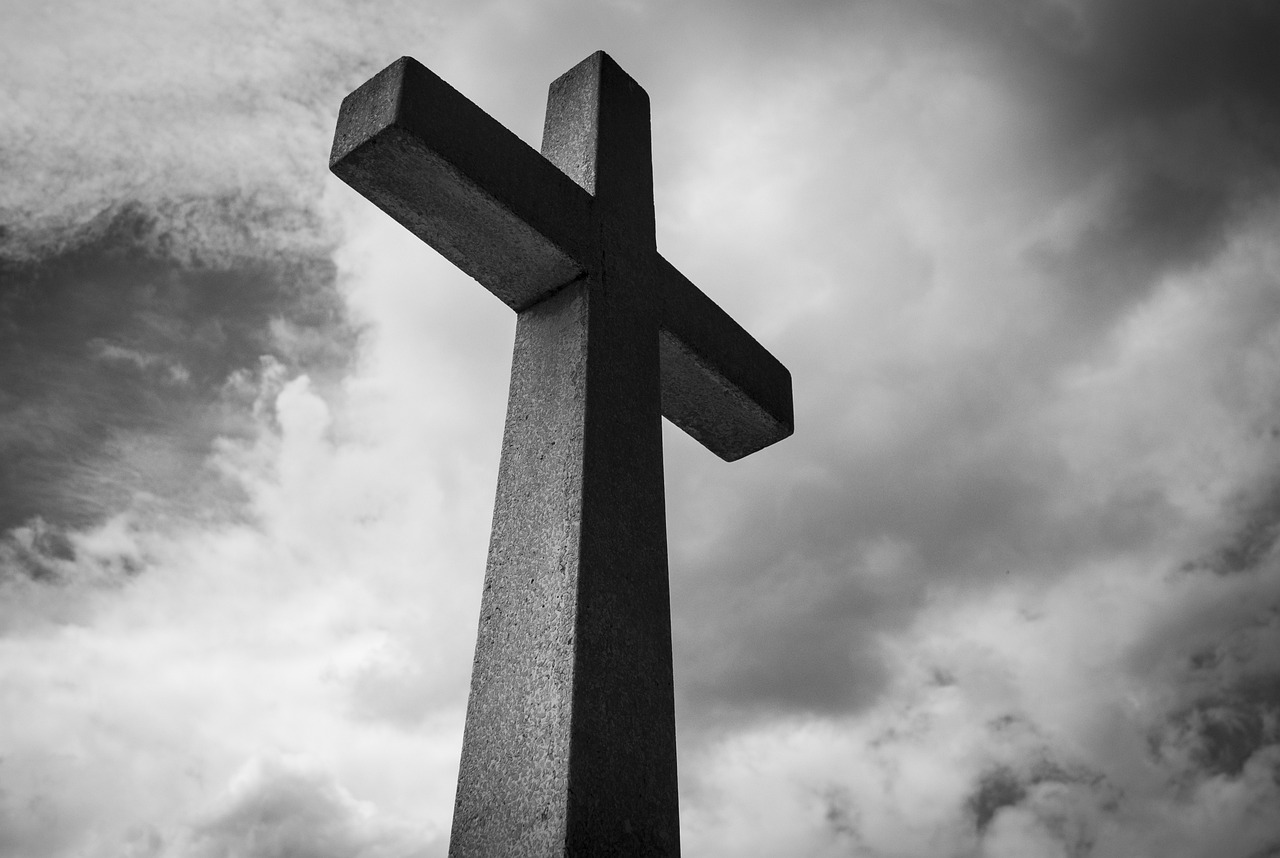
Religious Beliefs
The Carthaginian Empire was known for its diverse cultural influences that shaped its society. This article explores various aspects of Carthaginian culture, including art, religion, language, trade, architecture, and societal structure.
Carthaginian art was a blend of influences from Phoenicia, Greece, and indigenous traditions. It encompassed pottery, sculpture, jewelry, and intricate mosaics, reflecting the empire's vibrant artistic heritage.
The Carthaginians worshipped a pantheon of deities, with Baal Hammon and Tanit being prominent figures. Ritual sacrifices, temple ceremonies, and religious festivals played a significant role in their spiritual practices.
The Carthaginians primarily spoke Punic, a Semitic language with influences from Phoenician and other Mediterranean tongues. Their literature included epic poems, historical records, and religious texts.
Carthage's strategic location facilitated extensive trade networks across the Mediterranean, leading to economic prosperity. The empire traded in goods such as textiles, metals, pottery, and exotic commodities from distant lands.
Carthaginian architecture featured grand structures like temples, palaces, and public buildings adorned with intricate carvings and decorative elements. The use of local materials and innovative construction techniques defined their architectural style.
Carthaginian society was structured hierarchically, with a ruling elite overseeing political and economic affairs. The empire's governance system combined elements of monarchy, oligarchy, and democracy to manage its vast territories.
Carthaginian cuisine was a fusion of flavors from the Mediterranean and North Africa, incorporating ingredients like grains, olives, fish, and aromatic spices. Food played a central role in social gatherings and religious ceremonies.
Despite the eventual decline of the Carthaginian Empire, its cultural legacy endured through the centuries, influencing later civilizations in art, architecture, religion, and trade practices. The remnants of Carthaginian culture continue to fascinate historians and archaeologists today.
The Carthaginians had a rich tapestry of religious beliefs that permeated every aspect of their society. Central to their faith were the deities Baal Hammon and Tanit, revered for their power and influence. Rituals and sacrifices were common practices, with temple ceremonies serving as important communal events that reinforced the bond between the people and their gods.
Moreover, the Carthaginians believed in the interconnectedness of the spiritual and physical worlds, viewing their religious practices as essential for maintaining harmony and prosperity. The presence of these beliefs in daily life underscored the deep-rooted spiritual nature of Carthaginian society, shaping their worldview and interactions with the divine.
Through their religious beliefs, the Carthaginians sought guidance, protection, and blessings from their gods, attributing both successes and failures to divine will. This intricate web of faith intertwined with all aspects of their culture, from governance to trade, emphasizing the integral role of religion in shaping the identity and values of the Carthaginian people.
Overall, the religious beliefs of the Carthaginians were not just a set of practices but a fundamental aspect of their cultural identity, binding communities together and providing a framework for understanding the mysteries of the universe.

Language and Literature
The Carthaginians were known for their rich linguistic and literary heritage, reflecting the diverse cultural influences that shaped their society. The primary language spoken in Carthage was Punic, a Semitic language with roots in Phoenician but also incorporating elements from other Mediterranean languages. This linguistic fusion not only facilitated communication within the empire but also contributed to the development of a unique literary tradition.
Carthaginian literature encompassed a wide range of genres, including epic poems, historical records, religious texts, and philosophical writings. These literary works served not only as sources of entertainment and education but also as means of preserving the empire's history and cultural values. Epic poems like the "Epic of Baal" celebrated heroic deeds and mythical tales, while historical records documented significant events and achievements of Carthaginian society.
In addition to written literature, oral storytelling played a vital role in Carthaginian culture, with bards and storytellers passing down myths, legends, and moral teachings through generations. This oral tradition complemented the written texts, enriching the cultural tapestry of Carthage and ensuring the preservation of its collective memory.

Trade and Commerce
The Carthaginian Empire was known for its diverse cultural influences that shaped its society. This article explores various aspects of Carthaginian culture, including art, religion, language, trade, architecture, and societal structure.
Carthage's strategic location facilitated extensive trade networks across the Mediterranean, leading to economic prosperity. The empire traded in goods such as textiles, metals, pottery, and exotic commodities from distant lands. The bustling markets of Carthage were filled with merchants from various regions, showcasing the empire's commercial prowess.
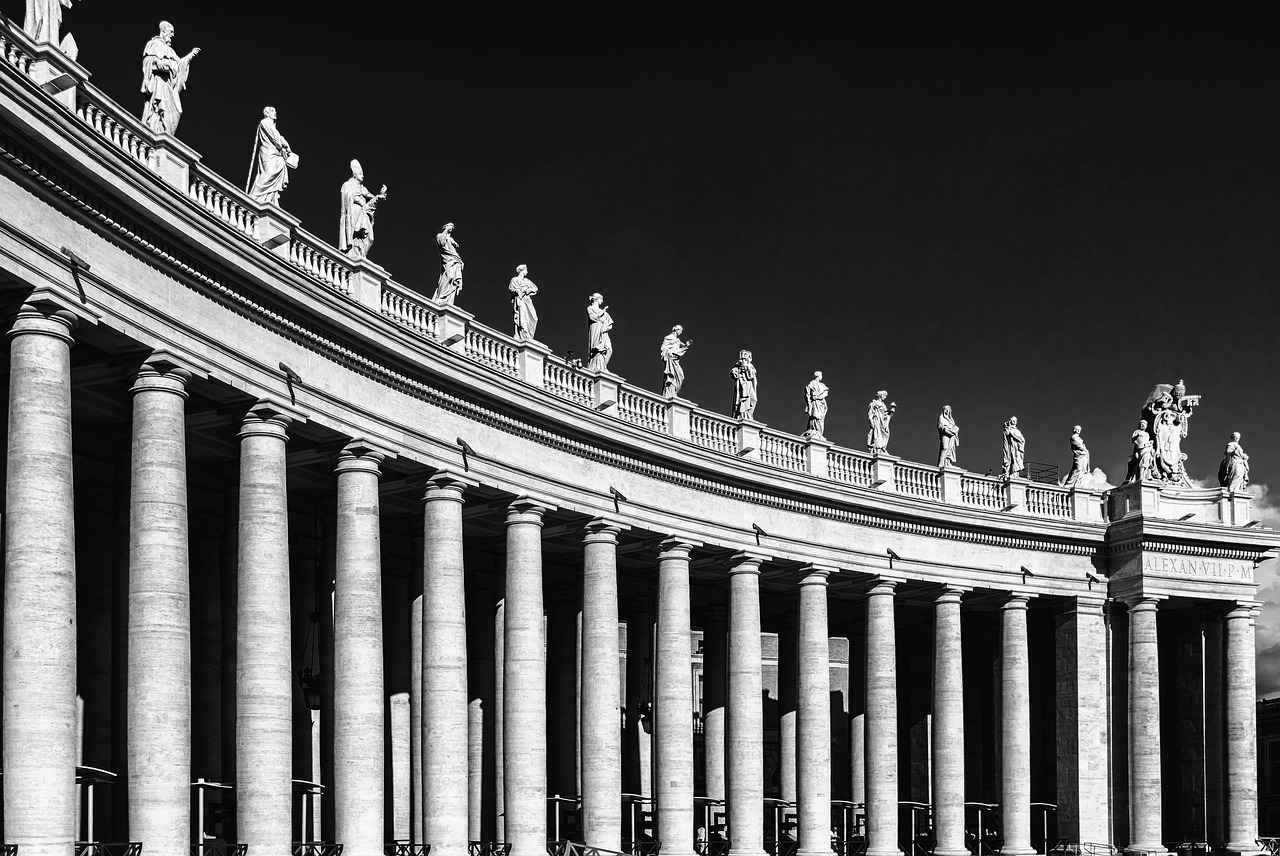
Architectural Marvels
The Carthaginian architecture was a testament to the empire's ingenuity and artistic prowess. From majestic temples to opulent palaces, Carthaginian structures stood as symbols of power and cultural sophistication. The use of local materials such as limestone and sandstone, combined with skilled craftsmanship, resulted in architectural marvels that inspired awe and admiration.
One of the most iconic architectural features of Carthage was the grand temples dedicated to various deities. These temples, characterized by massive columns, intricate carvings, and ornate facades, served as centers of religious worship and cultural significance. The Temple of Eshmun and the Temple of Tanit are prime examples of Carthaginian religious architecture, reflecting the empire's spiritual beliefs and devotion to their gods.
Palaces in Carthage were not merely residences for the elite but also architectural masterpieces that showcased the empire's wealth and sophistication. Elaborate courtyards, intricate mosaic floors, and grand halls adorned with colorful frescoes exemplified the luxurious lifestyle of the ruling class. The Palace of Kerkouane, with its well-preserved layout and decorative elements, offers a glimpse into the opulence of Carthaginian palatial architecture.
Public buildings in Carthage were designed with both functionality and aesthetics in mind. The Carthaginians excelled in urban planning, constructing structures like markets, theaters, and bathhouses that catered to the needs of the populace. The Punic Ports of Carthage, with their advanced harbor facilities and strategic layout, exemplify the empire's architectural innovation in maritime infrastructure.
Carthaginian architects were pioneers in utilizing innovative construction techniques to create durable and visually striking buildings. The incorporation of vaulted ceilings, arches, and domes in their architectural designs not only added structural stability but also enhanced the aesthetic appeal of their creations. The Amphitheater of Carthage, a monumental structure used for public events and entertainment, showcases the engineering prowess of ancient Carthaginian builders.
In conclusion, Carthaginian architectural marvels stand as a testament to the empire's cultural richness and artistic achievements. The legacy of their innovative designs and grand structures continues to captivate historians and archaeologists, offering valuable insights into the sophisticated civilization that once thrived in the ancient city of Carthage.
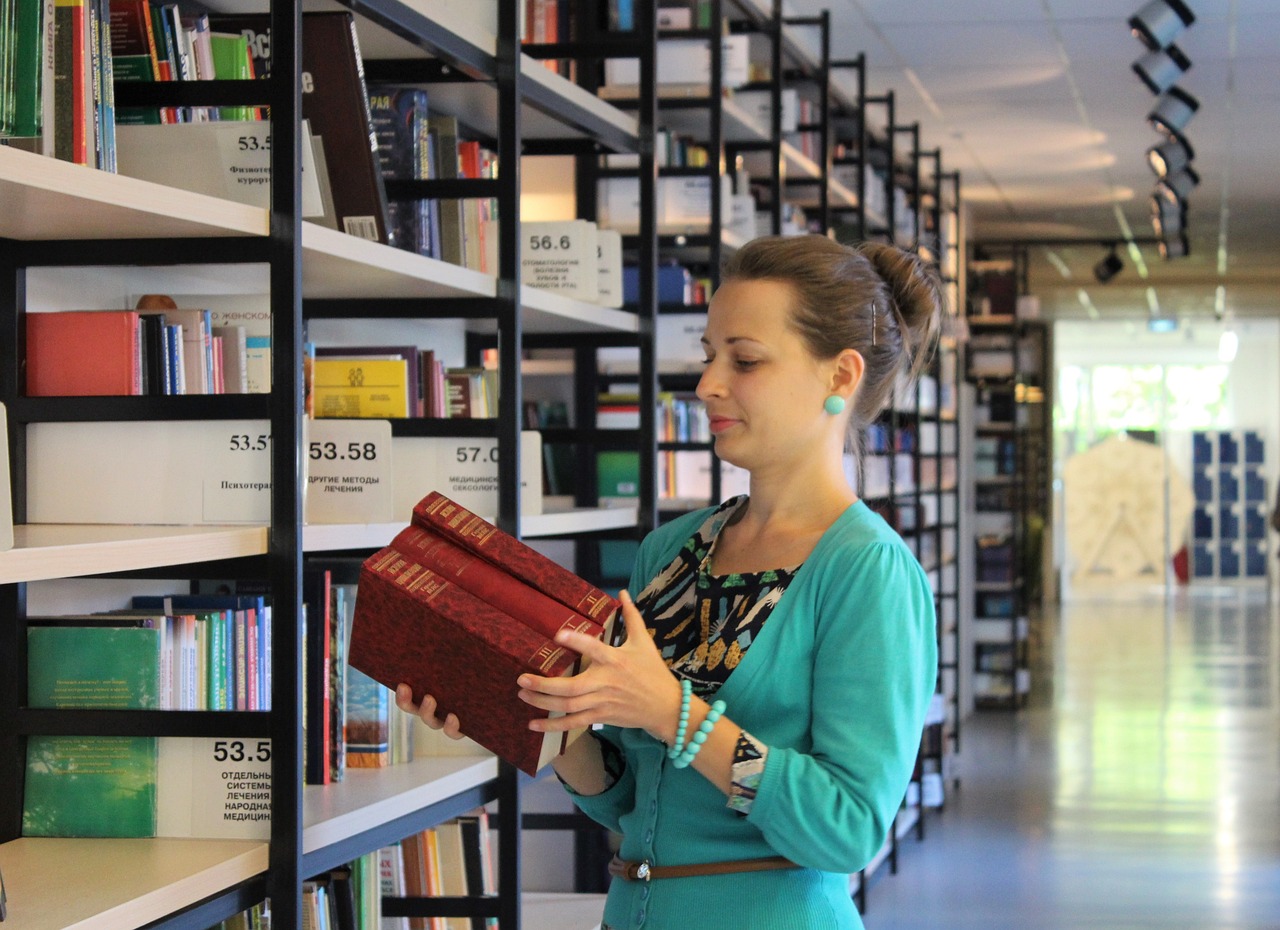
Social Hierarchy and Governance
The Carthaginian Empire was known for its diverse cultural influences that shaped its society. This article explores various aspects of Carthaginian culture, including art, religion, language, trade, architecture, and societal structure.
Carthaginian art was a blend of influences from Phoenicia, Greece, and indigenous traditions. It encompassed pottery, sculpture, jewelry, and intricate mosaics, reflecting the empire's vibrant artistic heritage.
The Carthaginians worshipped a pantheon of deities, with Baal Hammon and Tanit being prominent figures. Ritual sacrifices, temple ceremonies, and religious festivals played a significant role in their spiritual practices.
The Carthaginians primarily spoke Punic, a Semitic language with influences from Phoenician and other Mediterranean tongues. Their literature included epic poems, historical records, and religious texts.
Carthage's strategic location facilitated extensive trade networks across the Mediterranean, leading to economic prosperity. The empire traded in goods such as textiles, metals, pottery, and exotic commodities from distant lands.
Carthaginian architecture featured grand structures like temples, palaces, and public buildings adorned with intricate carvings and decorative elements. The use of local materials and innovative construction techniques defined their architectural style.
Carthaginian society was structured hierarchically, with a ruling elite overseeing political and economic affairs. The empire's governance system combined elements of monarchy, oligarchy, and democracy to manage its vast territories.
Carthaginian cuisine was a fusion of flavors from the Mediterranean and North Africa, incorporating ingredients like grains, olives, fish, and aromatic spices. Food played a central role in social gatherings and religious ceremonies.
Despite the eventual decline of the Carthaginian Empire, its cultural legacy endured through the centuries, influencing later civilizations in art, architecture, religion, and trade practices. The remnants of Carthaginian culture continue to fascinate historians and archaeologists today.
Have questions about the Carthaginian Empire? Here are some common queries:
- What were the major deities worshipped by the Carthaginians?
- How did Carthage's trade networks contribute to its prosperity?
- What architectural features defined Carthaginian buildings?
- What is the significance of Carthaginian cuisine in their culture?

Culinary Traditions
Carthaginian cuisine was a delightful fusion of flavors that reflected the empire's diverse influences from the Mediterranean and North Africa. The culinary traditions of Carthage were deeply rooted in the use of fresh, local ingredients combined with exotic spices to create tantalizing dishes that satisfied both the palate and the soul. Grains, olives, fish, and aromatic spices were staples in Carthaginian cooking, showcasing the richness of the region's resources.
Food held a central role in Carthaginian society, not just as sustenance but as a symbol of communal gatherings and religious ceremonies. The art of cooking and sharing meals brought people together, fostering bonds and creating a sense of unity among the populace. From simple street food to elaborate feasts, Carthaginian culinary traditions showcased the creativity and ingenuity of its people.
The use of local ingredients such as grains, vegetables, and fruits in Carthaginian cuisine highlighted the empire's agricultural prowess and connection to the land. Olive oil, a staple in Mediterranean cooking, was a key component in many dishes, adding richness and depth of flavor. Fish, freshly caught from the sea, provided a source of protein and featured prominently in Carthaginian recipes.
Spices played a crucial role in Carthaginian culinary traditions, adding depth and complexity to dishes. Aromatic spices like cumin, coriander, and saffron were prized for their flavors and used liberally in cooking. These spices not only enhanced the taste of the food but also contributed to the exotic allure of Carthaginian cuisine.
Carthaginian culinary traditions were not just about nourishment but also about celebration and reverence for the bounty of the land. Festive occasions and religious ceremonies were marked by elaborate feasts where food was served in abundance, reflecting the prosperity and generosity of the empire. The blending of flavors, textures, and aromas in Carthaginian dishes created a sensory experience that lingered in the memory long after the meal was over.
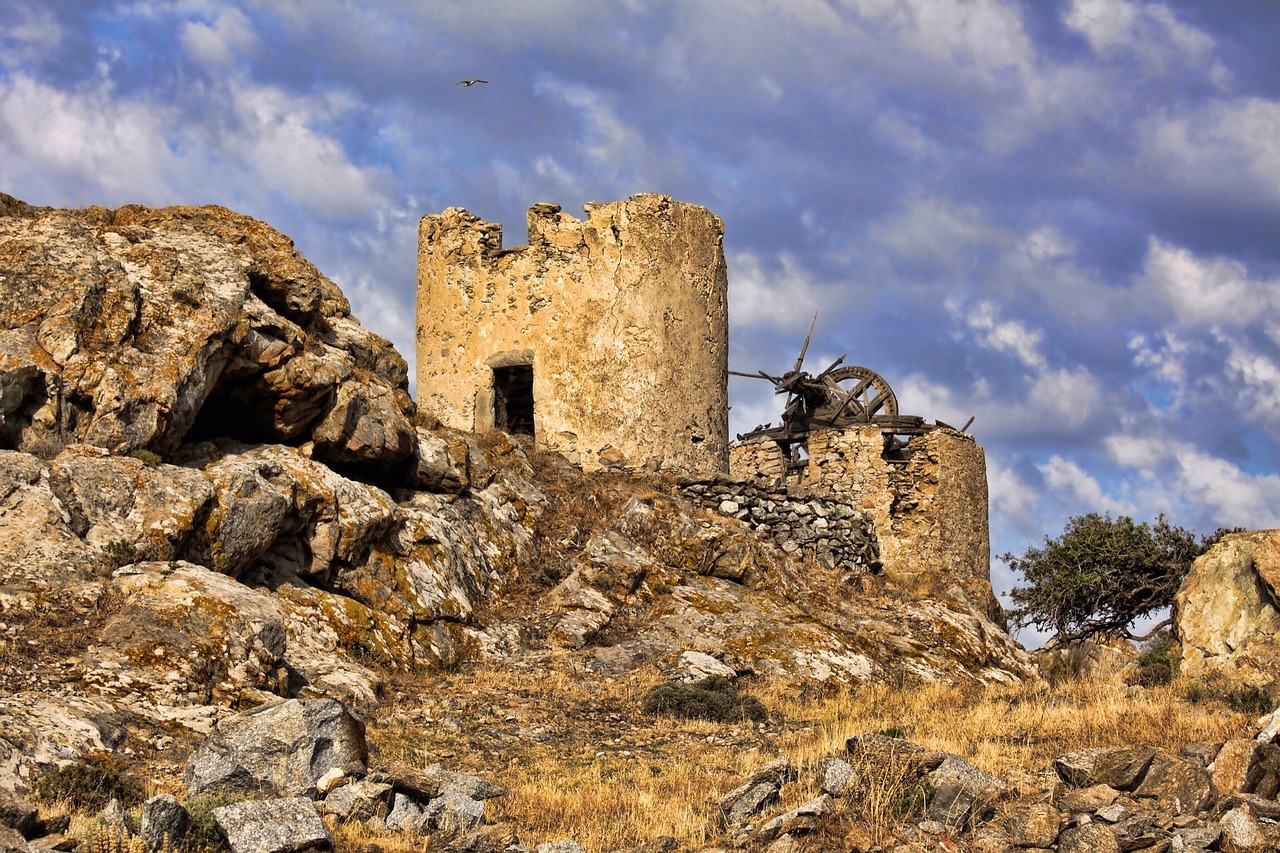
Legacy and Influence
The Carthaginian Empire was known for its diverse cultural influences that shaped its society. This article explores various aspects of Carthaginian culture, including art, religion, language, trade, architecture, and societal structure.
Carthaginian art was a blend of influences from Phoenicia, Greece, and indigenous traditions. It encompassed pottery, sculpture, jewelry, and intricate mosaics, reflecting the empire's vibrant artistic heritage.
The Carthaginians worshipped a pantheon of deities, with Baal Hammon and Tanit being prominent figures. Ritual sacrifices, temple ceremonies, and religious festivals played a significant role in their spiritual practices.
The Carthaginians primarily spoke Punic, a Semitic language with influences from Phoenician and other Mediterranean tongues. Their literature included epic poems, historical records, and religious texts.
Carthage's strategic location facilitated extensive trade networks across the Mediterranean, leading to economic prosperity. The empire traded in goods such as textiles, metals, pottery, and exotic commodities from distant lands.
Carthaginian architecture featured grand structures like temples, palaces, and public buildings adorned with intricate carvings and decorative elements. The use of local materials and innovative construction techniques defined their architectural style.
Carthaginian society was structured hierarchically, with a ruling elite overseeing political and economic affairs. The empire's governance system combined elements of monarchy, oligarchy, and democracy to manage its vast territories.
Carthaginian cuisine was a fusion of flavors from the Mediterranean and North Africa, incorporating ingredients like grains, olives, fish, and aromatic spices. Food played a central role in social gatherings and religious ceremonies.
Despite the eventual decline of the Carthaginian Empire, its cultural legacy endured through the centuries, influencing later civilizations in art, architecture, religion, and trade practices. The remnants of Carthaginian culture continue to fascinate historians and archaeologists today.
Frequently Asked Questions
- What were the major influences on Carthaginian art?
Carthaginian art was influenced by Phoenician, Greek, and indigenous traditions, resulting in a unique blend of artistic expressions.
- Which deities were central to Carthaginian religious beliefs?
Baal Hammon and Tanit were prominent figures in Carthaginian religion, with ritual sacrifices and temple ceremonies playing a significant role in their spiritual practices.
- What language did the Carthaginians primarily speak?
The Carthaginians primarily spoke Punic, a Semitic language with influences from Phoenician and other Mediterranean tongues, and their literature included epic poems, historical records, and religious texts.
- What were the main goods traded by the Carthaginian Empire?
Carthage traded in goods such as textiles, metals, pottery, and exotic commodities from distant lands, facilitated by its strategic location and extensive trade networks across the Mediterranean.
- What characterized Carthaginian architectural style?
Carthaginian architecture featured grand structures adorned with intricate carvings and decorative elements, utilizing local materials and innovative construction techniques to create architectural marvels.
- How was Carthaginian society structured?
Carthaginian society was hierarchically structured, with a ruling elite overseeing political and economic affairs, and the governance system combined elements of monarchy, oligarchy, and democracy to manage the empire's vast territories.
- What ingredients were typical in Carthaginian cuisine?
Carthaginian cuisine incorporated flavors from the Mediterranean and North Africa, with ingredients like grains, olives, fish, and aromatic spices playing a central role in their culinary traditions.
- What is the lasting legacy of the Carthaginian Empire?
Despite its eventual decline, the cultural legacy of the Carthaginian Empire endured through the centuries, influencing later civilizations in art, architecture, religion, and trade practices, continuing to fascinate historians and archaeologists today.




